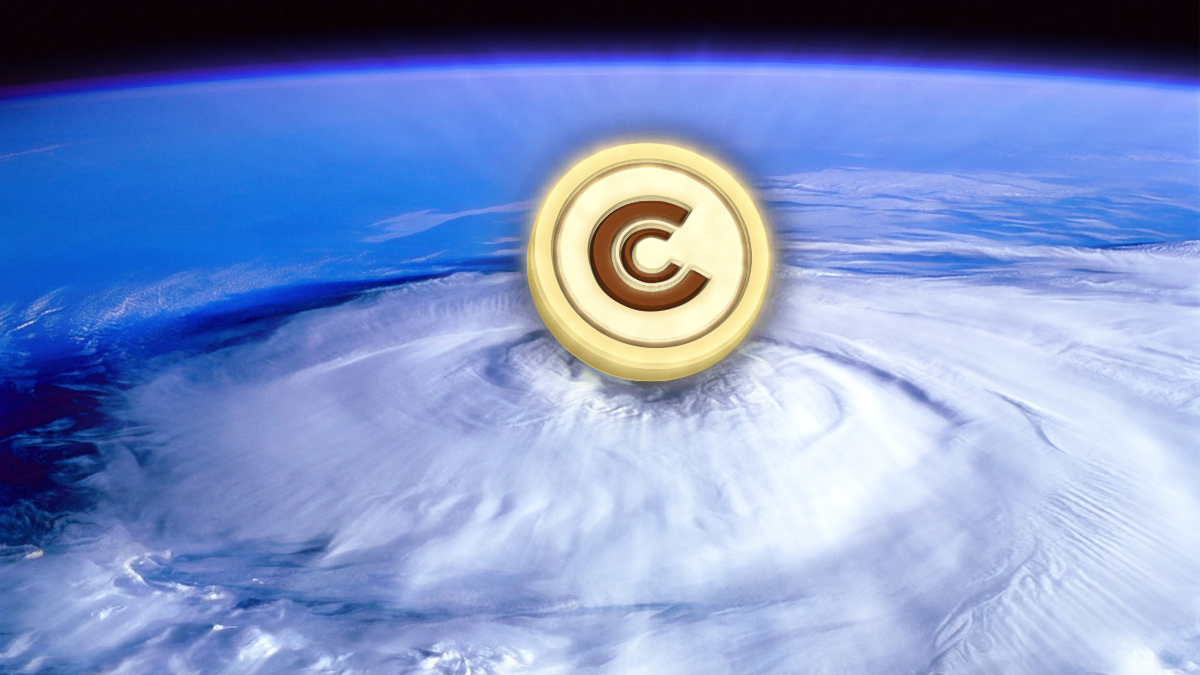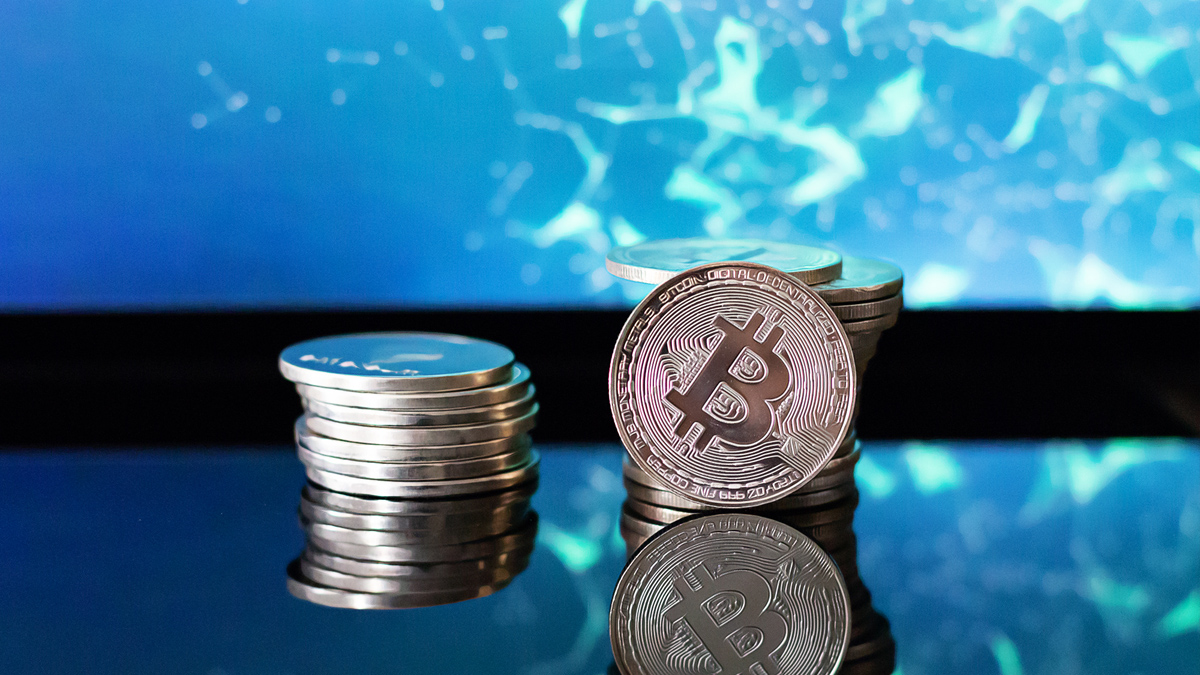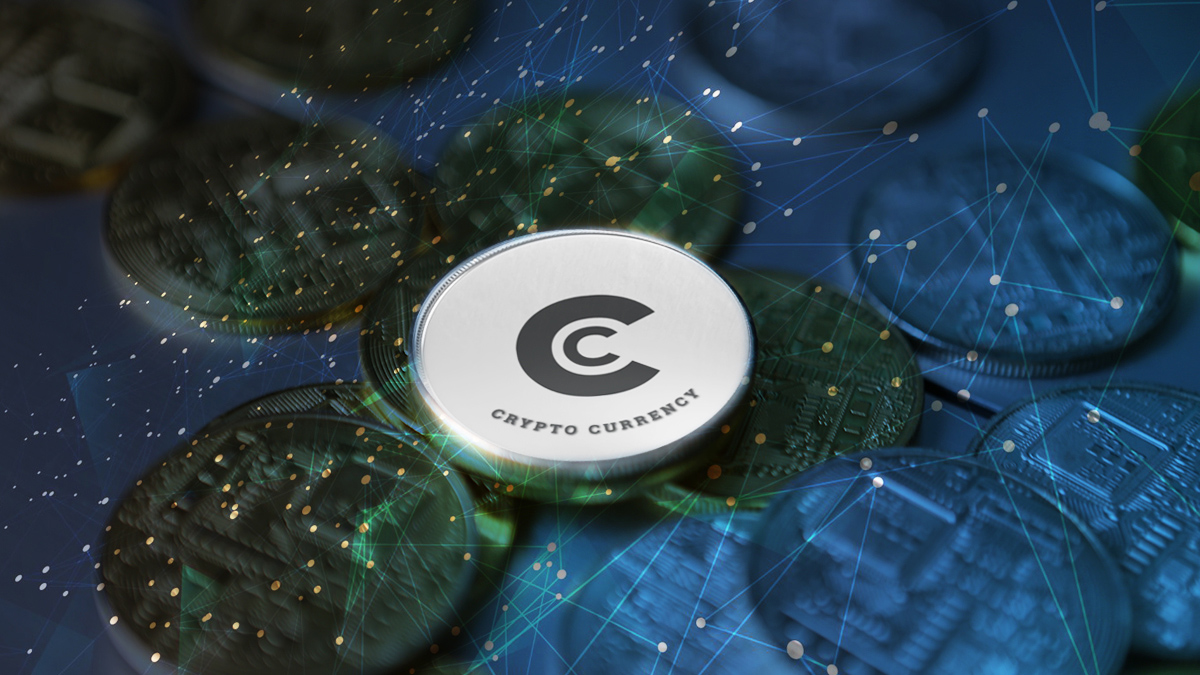The crypto market reacted promptly as the S&P 500 index reached record levels. Expectations for reduced Fed interest rate cuts and a robust U.S. economy bolstered investor confidence.
S&P 500’s Historic Gains Revitalize the Crypto Market
Bitcoin  $92,558 and the broader crypto market experienced a rise parallel to impressive gains in traditional assets. The S&P 500 recorded an over 22% increase, showcasing its best year-to-date performance in 24 years. The Kobeissi Letter commented, “This is the most resilient market in history,” highlighting the index’s significant growth this year.
$92,558 and the broader crypto market experienced a rise parallel to impressive gains in traditional assets. The S&P 500 recorded an over 22% increase, showcasing its best year-to-date performance in 24 years. The Kobeissi Letter commented, “This is the most resilient market in history,” highlighting the index’s significant growth this year.
Over the past year, the S&P 500 gained $13 trillion in market value, attracting investor interest. Current trends suggest a potential 30% rise in 2024, which could signify the best annual return since 1997.
Inflation Concerns Drive Bitcoin’s Value Up
Higher-than-expected September PPI data in the U.S. (1.8%) somewhat tempered the Fed’s most recent interest rate cuts. This situation heightened inflation concerns, increasing Bitcoin’s value as a hedge asset.
Concerns about inflation have provided new momentum to both stock and crypto markets. Investors are closely monitoring anticipated additional interest rate cuts expected in November.
Market observers continue to watch critical price levels for Bitcoin. A breakout is significant above the $63,900 level, while a drop below $60,200 could signal a retracement.
The bidirectional causality between the S&P 500 and crypto markets indicates that the S&P 500 has a greater influence on crypto returns. This situation stands as evidence that cryptocurrencies are perceived as risk-reducing tools in portfolios.
Current State and Market Expectations
As the S&P 500 maintains record levels, it contributes to Bitcoin’s recovery, yet market observers remain cautious about the potential volatility stemming from the Fed’s future decisions.
This dynamic relationship may prompt investors to reassess their strategies. Strong economic indicators create positive impacts in the crypto market, while future economic uncertainties could influence volatility.

 Türkçe
Türkçe Español
Español








